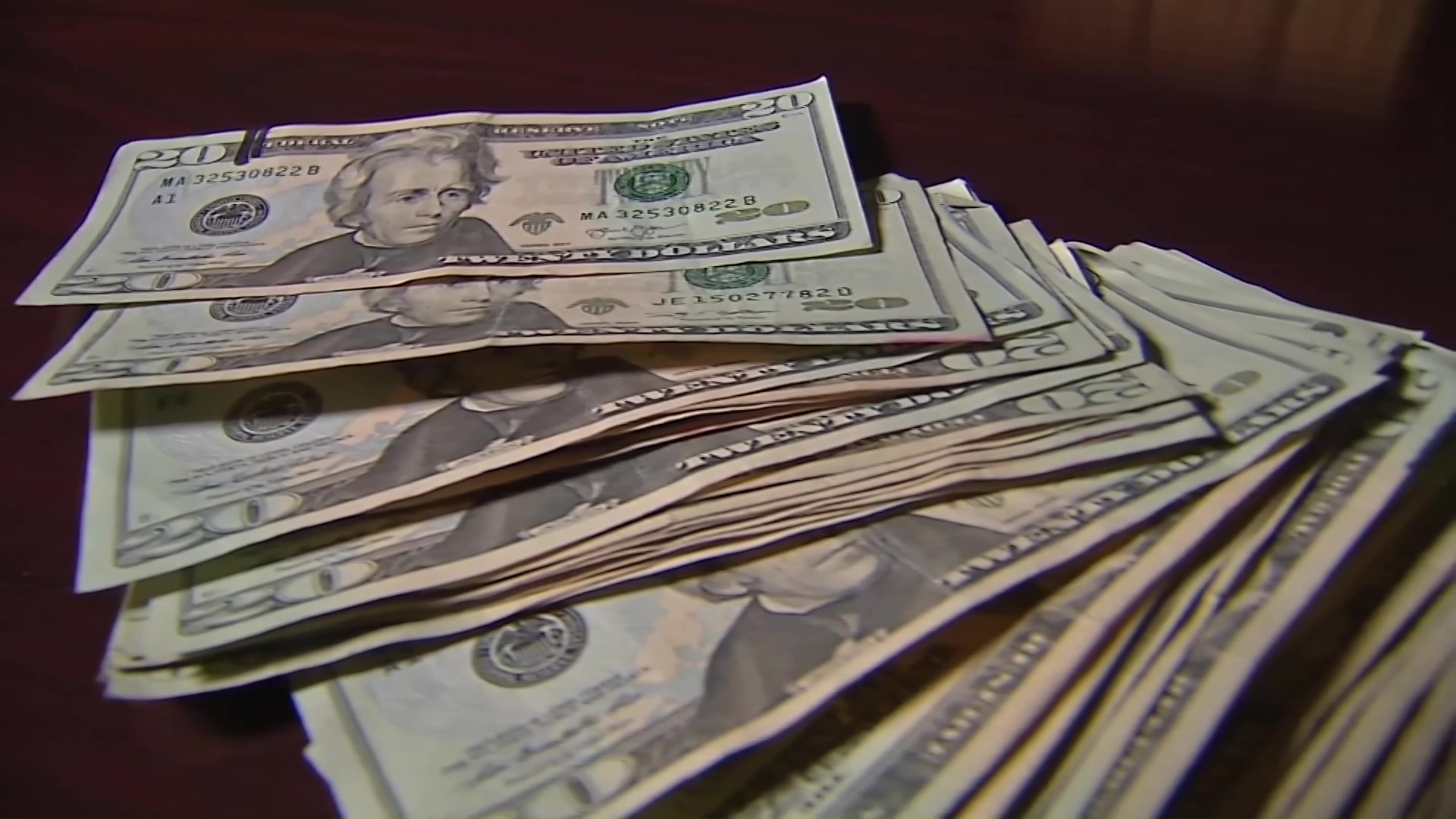As the prototype for the first home pregnancy test goes to the auction block in New York City, its inventor recalled how she was inspired to create the test and the initial resistance she got from executives who thought women had no business learning on their own if they were pregnant.
Margaret "Meg" Crane was a graphic artist at a New Jersey pharmaceutical firm that did lab tests for doctors in 1968 when she got the idea.
"I saw rows of test tubes with mirrors underneath them, and I asked someone what they were and they said, 'Those are pregnancy tests,'" she said.
She said she went home, took a plastic paper clip box and lined the bottom with reflective Mylar. She added an eye-dropper and went back to the company with her idea for an at-home test.
The idea was not welcome with open arms.
"They said they would lose their doctors business," she said. "That a big part of their business, how could they do that."
The company feared all sorts of other extreme repercussions, too.
Local
"They said women should not know this for themselves," she continued. "It would be used for abortions, someone would kill herself and the company would be sued."
The first kits actually sold in Canada, with advertisements asking women "oui" or "non."
The product did not appear on U.S. store shelves until 1977, almost 10 years later. Then Crane's original idea gave birth to a multi-million dollar industry and more.
At-home test kits can now be found on store shelves worldwide, in both name brands and generics.
Crane signed the patents over the pharmaceutical firm decades ago. She never reaped a fortune, but did meet her husband-to-be during the advertising campaign.
"He was my prize and we had 41 wonderful years together," she said.
Now situated between a letter by Lee Harvey Oswald and a plaster bust of JFK, the little plastic box called the Predictor is expected to start with a bid of between $6,000 to $9,000 on June 16.



